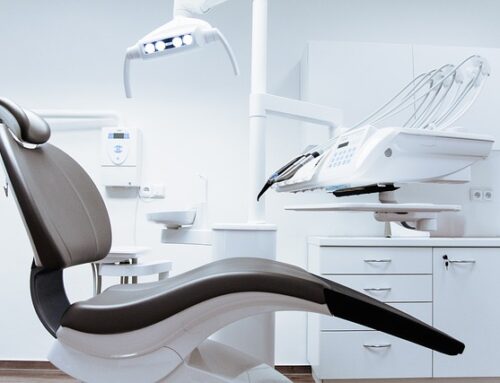There is a growing need for orthodontists to screen and evaluate their patients for temporomandibular dysfunction (TMD). It is even more important to discriminate between major and minor signs and symptoms of TMD if they are discovered during screening. If the patient has major TMD complications, the orthodontist will need to decide whether to take on the responsibility of management prior to initiating orthodontic treatment.
If you decide not to, then an appropriate referral will need to be made before orthodontic treatment is completed. And, similarly, orthodontists should also be ready to respond appropriately when a patient is referred specifically to the for the treatment of TMD.
The orthodontist’s role
When receiving referral from a dentist, it is important to maintain open communication with both the patient and the referring dentist. Remember to also follow current scientific concepts about TMD-orthodontic relationships.
If TMD signs and symptoms arise during orthodontic treatment, orthodontists must be cognizant of proper procedures. And because there is some potential for the development of TMD complications after orthodontic treatment, it is important for orthodontists to be prepared to react properly.
Just as dentists should complete continuing training, so should orthodontists. We owe it to our patients to provide the best care possible no matter what office they are visiting.




